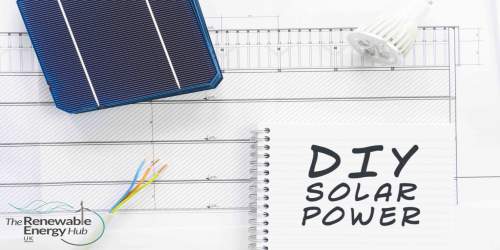Read Time : 2 Minutes
How Conservatories Work
There are a variety of different designs for conservatories that you can choose from if you want to closely match the look and feel of your home. You can also decide to have a bespoke design installed.
In essence, a conservatory has several basic components including the frame or skeleton, the glass panels used and the guttering that is incorporated into the structure. There are also options to have things like dwarf walls and doors installed as well as considerations for the foundations.
Foundations
All good, strong constructions are based on reliable foundations.
Your installer should know how deep and what type of foundation to set for your conservatory build. The problem is generally for DIY’ers who think that simply laying a little concrete and smoothing it out is going to be suitable for this kind of construction. Part of the problem is that most conservatories don’t require planning permission which means the importance of good foundations is often ignored. Another issue is that many consider conservatories as lightweight builds and the foundation is not seriously considered.
Our advice: Make sure you check what kind of foundation is needed for your build and ensure that your installer is using the right approach.
Frames
As with windows, the frames of your conservatory can be made from a range of materials, all of which have their own pros and cons.
- uPVC: The most popular option nowadays, uPVC is cheap and effective and ideal for use in the frame of your conservatory. The good thing about this option is that you don’t need to paint and maintenance is easy plus there is better energy efficiency than some other solutions. The minimum width for your uPVC conservatory frames needs to be a minimum of 55mm and if you have a decent sized glass roof this should be closer to 80mm.
- Wood: For traditionalists this is the only material they are likely to consider for a conservatory but it does require more care and attention than something like uPVC. They are, however, quite durable as long as you look after them but the wood also needs to have been properly prepared before it is installed. For that reason, it is better suited to professional installation than DIY.
- Aluminium: This is a sturdy and durable material for conservatories but it does have one problem in being less thermally efficient. This can be ameliorated by putting in thermal breaks to improve things.
Doors
If you having a full conservatory installed you will no doubt have one or two doors in place, between the house and the start of the build and for access out into the garden. People often go for French windows that fit more with the design aesthetics but there are other options such as sliding doors and normal panel ones, depending on what you are looking for. Installing doors between the conservatory and the home can help improve insulation during the winter months.
Double and Triple Glazing
When looking at the type of glass you are going to have installed in your conservatory there are number of things you need to take into consideration:
- The insulating properties: Of course, you want to ensure that during the winter months the glass provides a decent level of insulation from the cold outside. Choosing double or triple glazed glass with an A, B or C rating is important and can keep you warmer but also have an effect if you later decide to sell the house as it can impact on your overall energy efficiency.
- The toughness of the glass: With so much glass around you want to make sure that it is as protected as possible. The last thing you want is a high wind taking a slate off the roof and damaging your conservatory. Including glass that is thermally toughened means you have up to five times the protection over normal glass and ensures you won’t spend all your time paying out for replacement panels.
- How the glass is maintained: The other issue with having so much glass in one place is that it will need regular cleaning, particularly the roof area where debris may settle. Self-cleaning glass is an option – it has a hydrophilic coating that can help disperse dirt and stop it from gathering.
Dwarf Walls
You may not want an all glass conservatory and introducing something like a dwarf wall can make a big difference to the look and design of your installation. Some people opt to have a glass front and brick wall sides with a glass roof on top or even a normal roof with tiles.
Guttering
As with any building construction, you are going to need to make sure that any run off water is collected and doesn’t just splash off the roof and cause a flood. This may require more drainage to be dug in the immediate area but really needs to be included for most conservatory builds.
Find out more about types of conservatory.





